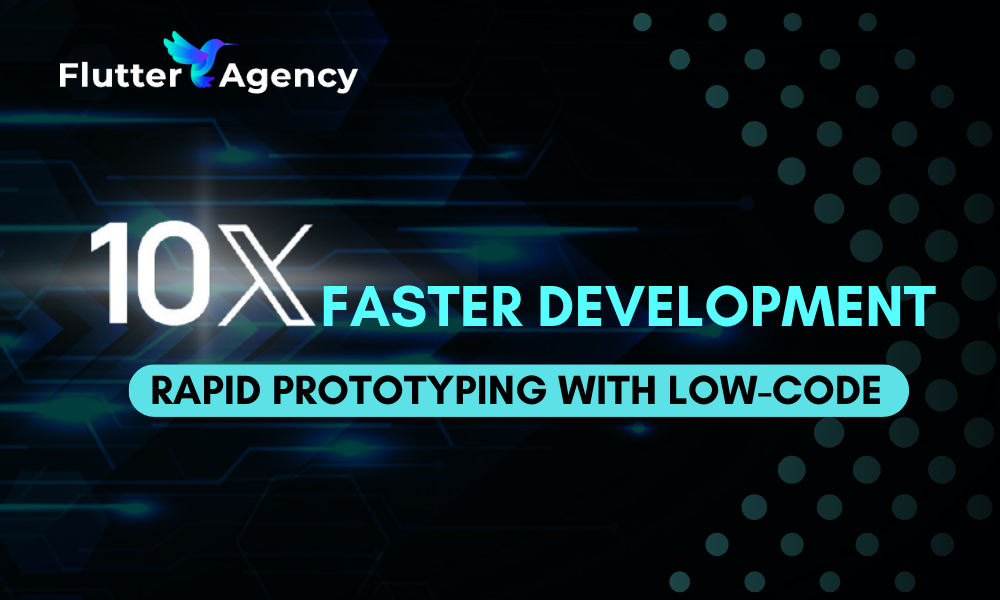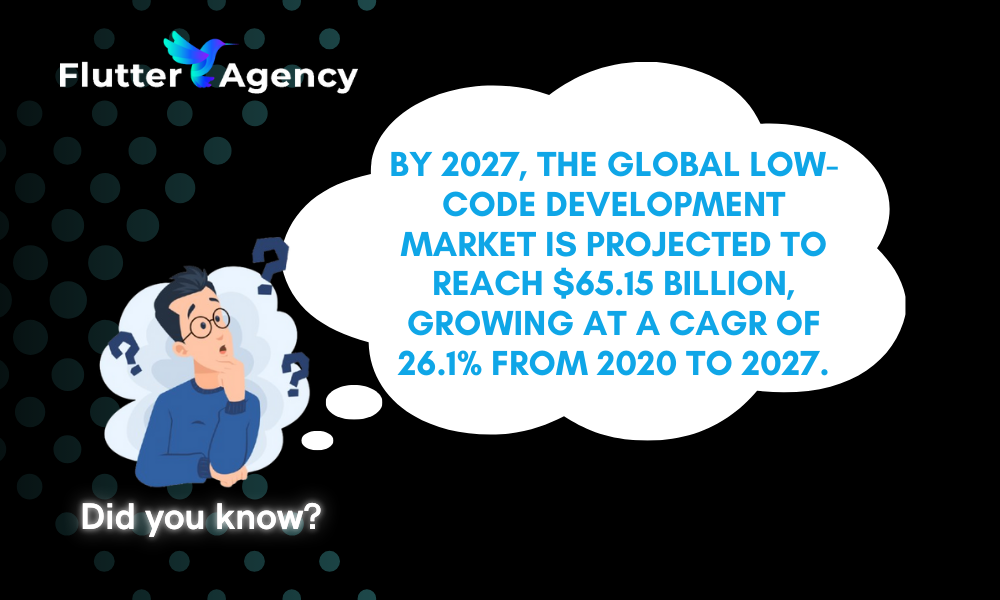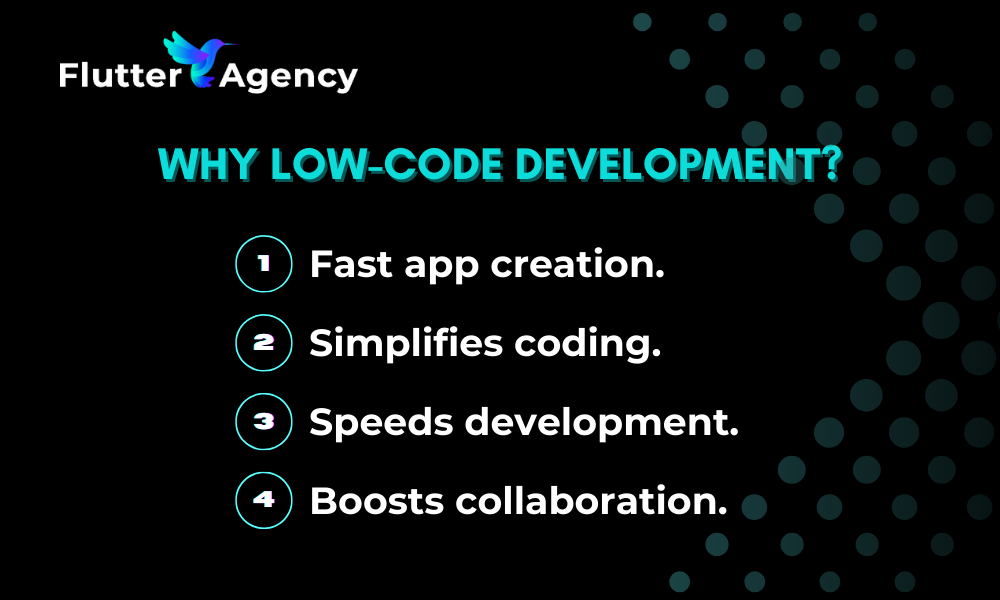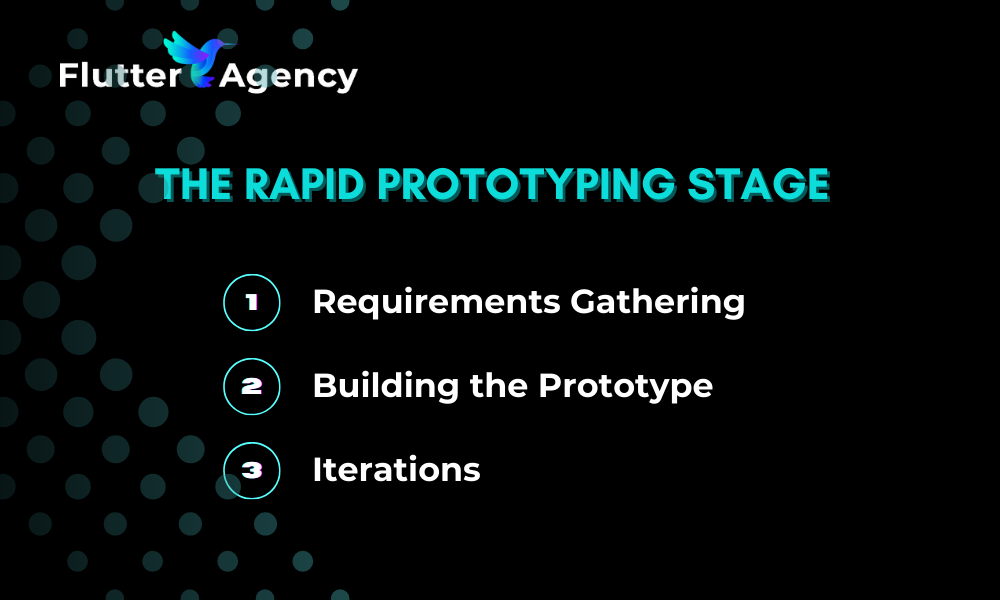Rapid Prototyping and Launch with Low-Code Development [Case Study]
There is arguably hardly any one factor, in an era of rapid technological change, that can make a product the center of buzz as much as the need for speed.
Those firms work under the constant pressure of fast innovation and making up for the market need in ideas that have to be actualized at very fast speeds. This is where rapid prototyping fits in; it allows teams to churn out early prototypes of actual products quickly, allowing rapid iterations, tests, and improvements made against real user insight.
However, traditional development methods often require a lifeline to keep pace with the demands for speed and rapid turnaround, especially when considering custom app development. That’s where low-code development becomes a game-changer: designed to enable a team to build and deliver an application at speed, a low-code platform gives pre-designed components and visual interfaces that curb the need to write long lines of code.
For businesses that offer custom app development services, the use of Low Code in their process leads to much more rapid prototyping and launching, which goes a long way in how they can remain competitive and deliver effectively for their clients.
Case Study
Client/Project
HipMeal is an innovative app developed for a Swiss nonprofit organization with a mission to connect individuals who have surplus food with those in need. It provides features for building a community over shared meals towards waste reduction and ensuring that good food does not go to waste. Some of the basics within this app were user-friendly multi-language and secured, which are of course extremely essential, with user profiles, geolocation, and extended food listings.
Problems Associated with Traditional Development Approaches
The development approach also mainly involves extensive coding and complex infrastructure setup that would seriously impede the process of implementing the project in relatively short timelines.
Delivering a complex, feature-rich, cross-platform HipMeal would have been a highly problematic task with the traditional development approach. Since the deadlines were extremely tight and with a limited resource capability, it was a concern to meet the purposes of the client quickly and cost-effectively.
Rapid Prototyping and Low-Code Development
These challenges were tackled by embracing rapid prototyping through low-code development. With Flutter, a high-performing cross-platform app development framework, the team built a working prototype in a fraction of the time investment of other approaches to development.
The developed prototype included basic functionalities like user profiles, geolocation, and food listing, enabling stakeholders to visualize and experience the application early in the development process.
They have gone ahead to choose a serverless architecture for even more speed in development and, at the same time, can completely dispense with a lot of backend infrastructure. This not only reduced the initial costs of hosting but also facilitated quick iterations in light of user demands.
The low-code approach got the team quickly refining the application, with fear assured of meeting their client’s needs on a very tight project timeline. The above mixture of rapid prototyping and low-code development helped to complete application development in time with high quality.
Why Low-Code Development?
Introduction to Low-Code Development
Low-code development is a visual approach to software creation that enables users to create applications with minimum coding effort. The traditional way of mastering coding meant that one had to have extensive programming skills. Low-code platforms have intuitive user interfaces with drag-and-drop components that reduce the time of app development and, at the same time, dramatically cut complexity.
There are many benefits to be derived from using low-code platforms for rapid prototyping and launching: Apart from shortening the development cycle, facilities are provided for the time being so that a great many ideas can be cycled and built out according to user feedback, which low-code platforms can make very easy. They make all contributions to the project easy for all stakeholders—technical and nontechnical—so that businesses speed their way to the market, gaining an edge over competition in industries where agility is key.
Decision Process
Low-code development was decided upon as the most practical solution for the HipMeal project. It was guided by some of the following principal variables:
- Ease of Use: The low-code platforms are designed in a user-friendly manner, and therefore both the developer and designer collaborate effectively. In HipMeal’s case, this ease of use was very paramount because it had to collaborate with several stakeholders for the community-driven app.
- Speed: With a tight project timeline, low-code development got the doors open to quickly prototype and launch the application. Using Flutter for cross-platform development gave the assurance that the app could be used across many devices, without the need for intensive reworking, fitting perfectly within the client’s requirements.
- Cost-effectiveness: This was a reduction in intensive resources for coding on the project because coding is usually a very expensive part of the custom app development services. It saved not only money on development but also reduced the initial hosting expenses through a serverless architecture.
The development strategy of today’s top mobile app development firms is to deliver quality products in minimal time with the best resource utilization in a highly competitive technological landscape.
The Rapid Prototyping Stage
Step 1: Requirements Gathering
The first proper step in the development process is understanding the needs and setting clear goals for the client. At this step, top mobile app development firms that provide custom app development services need to better understand the client’s requirements.
In the planning stage of the HipMeal project, there was close cooperation with the client so that such fundamental features as user profiles, geolocation, and food listings could be identified. This was to ensure that the end product developed was to be a friendly, multilingual, and secure digital space.
Low-code tooling meant that these concepts might quickly be visualized to turn the abstract requirements into touchable, interactive models. This immediate visualization helped to align the vision of the project between developers and stakeholders, thus ensuring that everyone was on board from the very start.
Step 2: Building the Prototype
With the crystallization of requirements, the team carried on to quickly develop the prototype. The team speedily assembled key features needed in the app using a low-code platform like OutSystems. The visual, drag-and-drop interface of low-code allowed quicker development, which enabled the team to build a working prototype in just weeks—versus what would have been months with the traditional methods of development.
It allowed the team to concentrate on user experience and design elements more so than getting bogged down in the backend complexities, which is the usual way things go. This hyperactive timeline bore fruit regarding HipMeal, whereby the team was able to test and evolve the application much earlier than they had planned.
Step 3: Iterations
With a prototype, the next thing was to do feedback on stakeholders and probable users. The low-code platform facilitated ease of effecting changes in redesigning the prototype iteratively based on the feedback obtained. Improvements in the user interface, upgrades of features, and bug fixes were all performed quickly, evolving in the way a user would expect the app.
The product was subject to continuous improvement since it was easy to make updates in a low-code environment. Each cycle drive could provide better functionality and user satisfaction.
Launch of the Product
Product Finalization
The process then switched to the working prototype when the prototype had been defined into converted into an end product. Most projects face difficulty with this transition from the prototype to a live product, but with the assistance of the low-code platform, this was dramatically reduced. The issues the team encountered were underperformance and scaling issues of the app, but these were defeated by the optimization of the serverless architecture and robust making of the data handling.
Launch Process
Fast development due to low code took place for the HipMeal app, hence well through the projected timescale. The phased deployment strategy the team adopted involved an initial launch in selected locations before rolling out nationwide, thus presenting control over the rollout and reducing risk in the event of the launch.
Personalization was assured with strategic deployment and deadlines for app development and completion through the low-code development approach. This has in turn availed a timely and effective solution to the client.
The contribution of rapid prototyping and low-code development was quite time- and cost-effective: compared with similar projects that followed the traditional development method, the HipMeal app was developed almost half the time, and the development cost was reduced to a significant extent. The metrics in terms of user satisfaction also showed a considerable rate of engagement, proving the efficiency of the user-centered design process.
Comparative Analysis
It becomes evident in terms of the benefits of HipMeal if compared with projects that are not developed using low code. Traditional coded projects are most often spread across periods and expenses as it takes to develop effectively. As of the study, it has been concluded that the platforms developed using low code are not just necessary but the imprimatur of top mobile app development firms seen to deliver custom application development services at a time and expense savings.
Best Practices
Here are some of the main lessons from this project—involve the stakeholder early and often, use the feedback loops that are enabled by the low-code platform, and make sure that the chosen low-code platform can carry the final scale and complexity of the product to be delivered to ensure this rollout is successful.
Speed Up Your App Development
Start building with low-code today for 10x faster development. Launch your app in no time!
Summary of the Case Study
One example by which this low-code development capability enables the leading custom mobile application development firms to quickly and cost-effectively introduce advanced services to the market is the HipMeal project.
The low code allowed the team to rapidly prototype and iterate countless times and ultimately deliver a scalable, user-friendly app according to the requirements and much more, if not more. This case study we are sharing highlights the growing importance of low-code platforms in a modern development landscape.
Contemporary ventures
Recent blog
ready to get started?
Fill out the form below and we will be in touch soon!
"*" indicates required fields

















